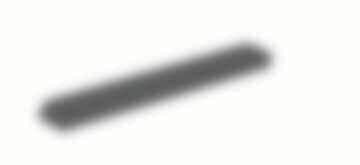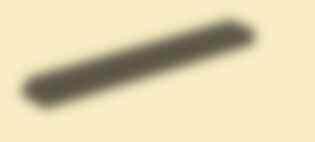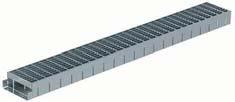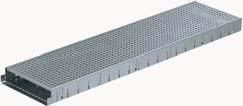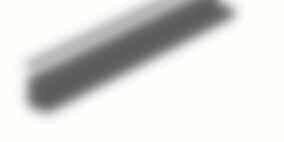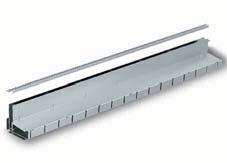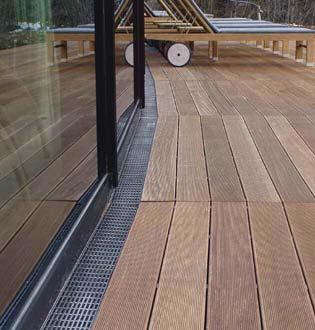
2 minute read
■ Benefits
Harmer Modulock Channel Drain ranges are highly versatile linear drainage systems designed to provide the ideal level access drainage solution where rainwater run-off and percolation are required to be intercepted at the perimeter of a building or across thresholds and points of access into and out of a building, and then ducted away to drainage outlets.
Compliances
■ Harmer Modulock Channel Drains ensure Level Access compliance with pedestrian loadings to Class K3 in accordance with Approved Document M access to buildings and other regional requirements.
Safety
■ A drainage system that intercepts rainwater and improves safety at point of access.
Protection
■ Buildings are protected from weathering at the vulnerable point where hard surface meets structure. Ponding water is prevented and freeze thaw attack on masonry is eliminated.
Performance
■ Modulock Channels form part of the overall rainwater drainage plan for most types of flat roof or deck construction including balconies and terraces within pedestrian areas permitting K3 Class loading.
Versatility
■ Modulock Channels can be used on podium decks, terraces and balcony areas in conjunction with Harmer Rainwater Outlets and Modulock Pedestal Support systems.
Compatibility
■ Harmer Modulock Channel Drains are used on all types of raised deck construction where drainage at the façade and across entrances is a requirement. Compatible with inverted roof, warm roof, Green roof and podium deck construction.
Application
■ A rainwater channel system in three nominal width sizes consisting of slotted sides with either a grill or slotted grating. Rainwater runoff is collected at hard surface level whilst percolation is relieved at membrane level.
Material
■ Channels and gratings are available in Grade 304 stainless steel or galvanised mild steel.
Installation
■ Straight line end to end installation with simple location clips ensures the system is fully stable whilst butt joint, site formed irregular angles accommodate change in direction. Gratings adjust vertically within the channel to elevate and correct cross falls and any irregularities in the supporting surface.
